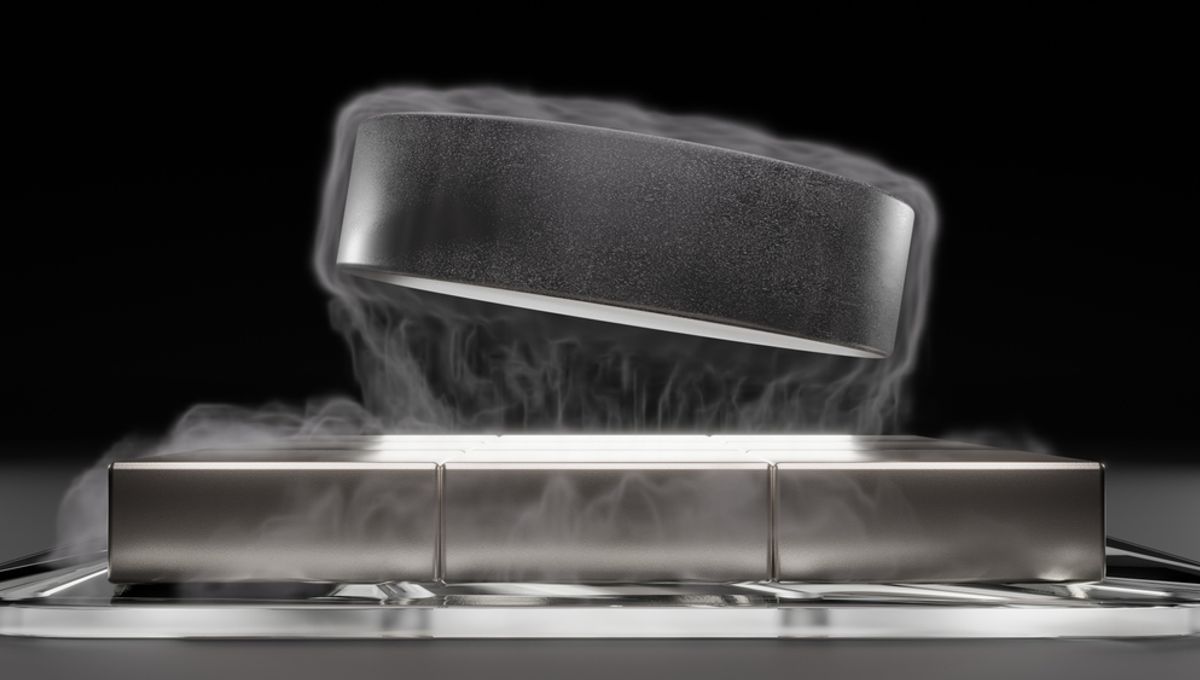
Last week, with no major fanfare, a paper appeared on the pre-print server ArXiv claiming that the holy grail of superconductivity has been achieved. Korean scientists claimed that they had created a superconductor – materials that conduct electricity perfectly without losing energy – that can work outside lab conditions at room temperature and ambient pressure. If this is verified, it could change the world, but despite scientists scrambling to replicate their findings, many remain skeptical.
The material is a modified lead-apatite called LK-99, and both professional scientists and amateurs have been attempting to recreate the material, reproducing the tests and looking at the theory behind it. Superconductors can transmit electricity without resistance, which makes them more energy efficient, and have fantastic magnetic properties, which are invaluable in technology. However, they are not currently very practical as they require super low temperatures and super high pressures to work.
So far the general scientific consensus is one of healthy skepticism, with at least two labs following the steps to recreate LK-99, both without success. LK-99 would certainly be an unusual superconductor, and not just because it could be used in every environment on Earth. But material scientists and physicists know that there is much more to discover about superconductivity, so they’re not ruling it as impossible.
“All known superconductors have what we call Cooper pairs, which are these paired electrons, but the glue that sort of holds them together, the interactions between them, are usually very weak,” Professor Susie Speller, from the Oxford Centre for Applied Superconductivity, told IFLScience. “When we go to higher temperatures, we’ve got a lot more thermal energy available to us. And that energy will tend to break apart those pairs.”
The goal has been to find a material where the pair are linked together so strongly that the thermal energy cannot break them apart. The Korean team believes that this is what they are seeing in LK-99. The international community is waiting to see independent verification for the claims put forward in the original paper.
What they are looking for is clear effects of the transition. At ambient pressure, materials become superconductive when they go below a critical temperature. While videos and papers have come out suggesting some theoretical backing or some potentially interesting magnetic properties, there is still not a fully comprehensive picture showing if LK-99 is a superconductor or not. Scientists would like to see three things measured.
“When we are measuring superconductors, the most obvious property of a superconductor is zero resistance,” Professor Speller explained. “What you look for is for the material to have some resistance. You cool it down, and suddenly it should lose that resistance, and it should be absolutely zero when it’s in the superconducting state. You should see a very clear change in resistance at the temperature where it starts to superconduct.”
Another property that superconductors are famous for is their peculiar magnetic effect. They push out magnetic fields which allows them to levitate over a magnet, which could enable widespread maglev trains, for example. Some of the videos of LK-99 show intriguing magnetic properties, consistent with being a diamagnet. But superconductors are a perfect diamagnet and that has yet to be demonstrated for the material.
“We want to see it changing from being non-magnetic, essentially, above its superconducting transition to being this diamagnetic material below,” Professor Speller told IFLScience. “You’ve got to have a change from being non-magnetic to diamagnetic at the same temperature that you see the resistance change happening.”
The third property is heat capacity, the amount of energy necessary to change the temperature of a material by one Kelvin. This property must show a dramatic transition between the material in its usual state and when it becomes a superconductor as well. And the transition also needs to take place at that particular temperature where the other two effects take place. And this is why the critical temperature is critical in more ways than one.
“There are other signatures of superconductors as well; there’s plenty of other measurements that can be done, but these three that we would for sure look for,” Professor Speller explained.
The videos that show specks of LK-99 levitating are not yet compelling enough. It is possible to make graphite flecks – the material inside pencils – levitate like that. Theoretical studies found possible features that the material might share with known superconductors, but it is unclear if those properties guarantee that it is a superconductor. There is nothing in theory that says that there can’t be a room temperature superconductor (we have found one that requires enormous pressures) but we do not yet know what is required to make one.
Skepticism is good and healthy when it comes to science, but Professor Speller wanted to stress how excited everyone would be for this claim to be true. And while that breakthrough would be revolutionary, superconductors are and will have an impact on so many technologies with materials that can already easily reach their superconducting state just a few tens of degrees below the freezing point of water.
“Whilst being room temperature would be fantastic because there’s no cooling needed, actually, to get to the temperatures we need to use the materials we’ve already got is pretty cheap and pretty easy,” Professor Speller said, noting that liquid nitrogen is as cheap as milk.
Speller was actually testing some of those materials during our interview, adding that in the next decade, these will become common in many technologies, making a big difference in green technologies.
So is LK-99 a breakthrough for humanity or not? Only time, replication, and verification will tell. After all, extraordinary claims require extraordinary evidence.
Source Link: Is LK-99 A Superconductor Or Not? What To Know About Recent Superconductor Claims